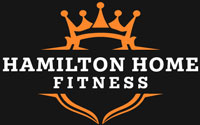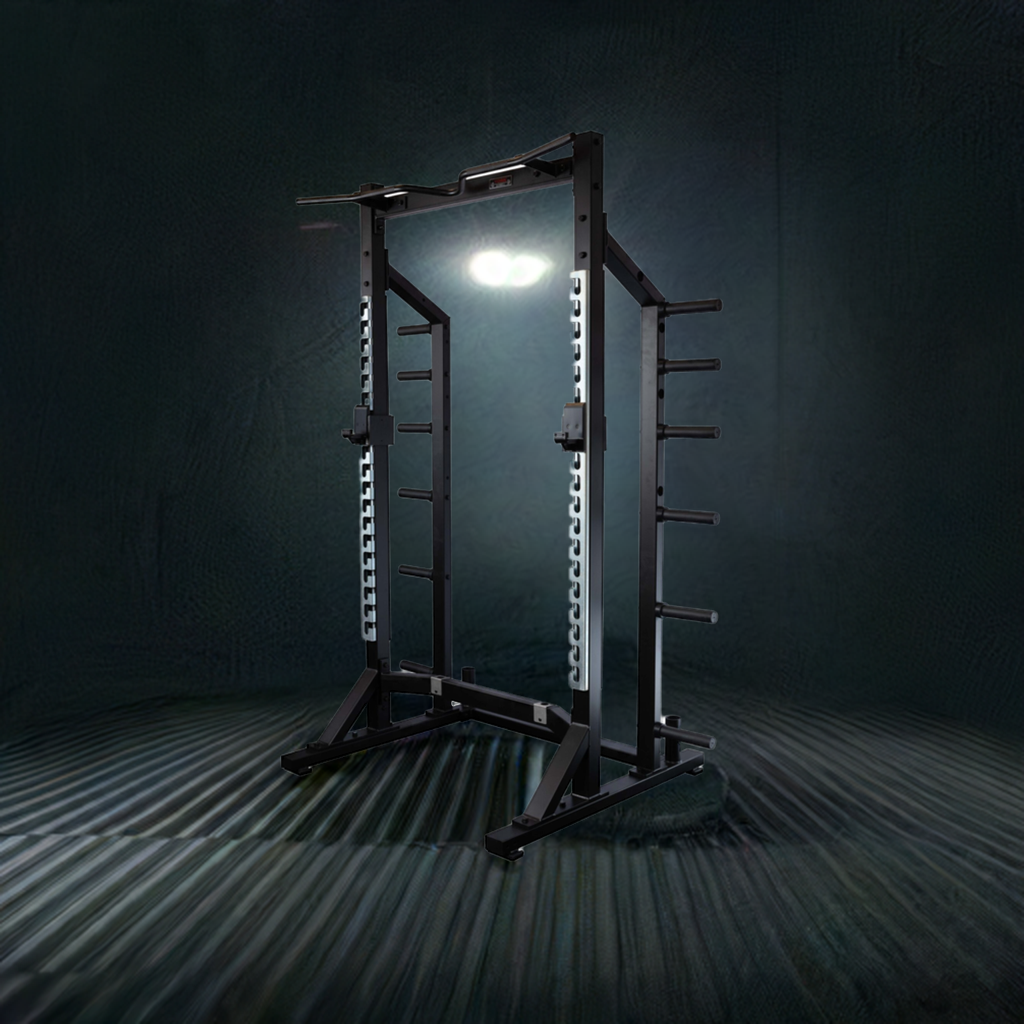When it comes to strength training, power racks are a must-have piece of equipment for both beginners and seasoned athletes. If you're serious about getting stronger and building muscle, incorporating a power rack into your workout routine can make all the difference. In this guide, we’ll explore what power racks are, their benefits, and how to choose the best one for your fitness goals. Whether you’re setting up a home gym or upgrading your training equipment, this article will provide you with valuable insights.
What is a Power Rack?
A power rack, also known as a squat rack or cage, is a versatile piece of gym equipment designed to safely perform a variety of exercises, including squats, bench presses, and deadlifts. It consists of a sturdy frame with adjustable bars, safety pins, and often, a pull-up bar. Power racks provide the necessary support for lifting heavy weights, reducing the risk of injury by ensuring you can train without a spotter.
Types of Power Racks
There are several types of power racks, each catering to different needs and preferences. Here are the most common types:
Standard Power Rack: The classic option with adjustable safety bars and a simple design. Ideal for basic lifting exercises.
Half Rack: A more compact version of the full power rack, often with fewer features but still provides safety and versatility for squats and bench presses.
Full Power Rack: Offers the most comprehensive features, including multiple adjustment points, pull-up bars, and sometimes even cable attachments.
Squat Rack: Similar to a power rack but without the enclosed frame, designed primarily for squats and other lower-body exercises.
Why Should You Use a Power Rack?
Power racks offer several benefits, especially for those serious about strength training. Here’s why they’re an essential part of your gym setup:
Safety
One of the most significant advantages of using a power rack is safety. When lifting heavy weights, there’s always a risk of dropping the barbell. Power racks feature adjustable safety bars that catch the barbell in case you lose control, preventing accidents and injuries. This makes it possible to train alone without needing a spotter.
Versatility
Power racks aren’t just for squats. You can perform a wide range of exercises, including overhead presses, deadlifts, pull-ups, and more. Some models even come with attachments for resistance bands or cable pulleys, increasing the variety of workouts you can do.
Strength and Stability
A power rack is a robust and stable structure, making it ideal for lifting heavy loads. The frame provides support during exercises, ensuring you can lift heavier weights safely and without compromising form.
Space Efficiency
For those setting up a home gym, a power rack can save space by consolidating several exercises into one piece of equipment. Instead of buying separate machines for squats, presses, and pull-ups, a power rack provides all of that in one versatile setup.
Key Features to Look for in a Power Rack
When shopping for a power rack, there are several features to consider to ensure you get the best value for your investment. Here's what you need to look for:
1. Adjustability
Adjustable height settings for the safety bars, pull-up bar, and barbell rack are essential for customizing the rack to your needs. This allows you to tailor the setup for different exercises and body types.
2. Weight Capacity
The weight capacity of the power rack is crucial. Ensure the rack can handle your current weightlifting routine and allow for progression as you get stronger. Most power racks can handle anywhere from 500 lbs to 1,000 lbs.
3. Durability and Build Quality
The frame should be made of high-quality steel to withstand heavy use. Look for a rack with a powder-coated finish to prevent rust and ensure durability over time.
4. Safety Features
Safety is paramount, especially when lifting heavy weights. Look for a power rack with adjustable safety bars, pin-and-pipe safety systems, and built-in j-hooks for secure barbell placement.
5. Attachments
Some power racks come with optional attachments like dip bars, landmine attachments, or lat pull-down machines. These can add more variety to your workouts and make your rack more versatile.
How to Set Up and Use a Power Rack
Setting up and using a power rack is relatively straightforward, but it’s important to follow certain guidelines to ensure maximum safety and efficiency. Here’s how to make the most of your power rack:
Step 1: Set the Safety Bars
Before starting any exercise, adjust the safety bars to a height that allows the barbell to rest just below your chest or mid-thigh, depending on the exercise. This ensures that if you fail a lift, the safety bars will catch the barbell.
Step 2: Warm-Up and Check Form
Always warm up before heavy lifting, even if you're using a power rack. Make sure your form is correct to prevent injury and maximize muscle engagement. Use a lighter weight to practice proper technique before moving to heavier loads.
Step 3: Start Lifting
Once everything is set up and you’re warmed up, begin your workout. Whether you’re doing squats, bench presses, or deadlifts, use the safety bars as a backup to catch the barbell if necessary.
Step 4: Adjust the Rack for Different Exercises
If you're performing a variety of exercises, you’ll need to adjust the rack. For squats, place the safety bars at a height just below your shoulders. For bench presses, adjust the barbell hooks to a comfortable height that allows easy access to the bar.
Power Rack Exercises You Can Do
Power racks provide the perfect environment for a variety of exercises. Here are some of the most popular ones:
1. Squats
The squat rack is a staple for lower-body development. Adjust the barbell to shoulder height and squat deep for maximum muscle engagement.
2. Bench Press
By setting up your bench inside the power rack, you can safely bench press without a spotter. Adjust the safety bars to catch the barbell if you fail a lift.
3. Overhead Press
Performing the overhead press inside a power rack allows you to lift heavier weights with the added security of safety bars.
4. Pull-Ups
Many power racks come equipped with a pull-up bar, allowing you to include bodyweight exercises like pull-ups and chin-ups in your routine.
FAQ Section
1. What is the difference between a squat rack and a power rack?
A squat rack is a simpler piece of equipment designed primarily for squats. In contrast, a power rack is a more versatile piece of equipment that supports multiple exercises, including squats, bench presses, and pull-ups.
2. Can I use a power rack for deadlifts?
Yes, you can use a power rack for deadlifts. Adjust the barbell to an appropriate height and perform deadlifts safely, using the safety bars for extra protection.
3. Do I need a power rack for my home gym?
If you're serious about lifting heavy weights and want to perform exercises like squats and bench presses safely, a power rack is an excellent addition to your home gym.
4. Are power racks only for advanced lifters?
No, power racks are suitable for all fitness levels. Beginners can use them for lighter weights and gradually increase intensity as they progress.
Conclusion: Take Your Training to the Next Level with a Power Rack
A power rack is a must-have tool for any serious lifter. With its safety features, versatility, and durability, it can help you perform a variety of exercises safely and effectively. Whether you’re just starting or looking to level up your training, investing in a high-quality power rack will provide the support you need to reach your fitness goals. So, get your power rack today, and start lifting with confidence!





